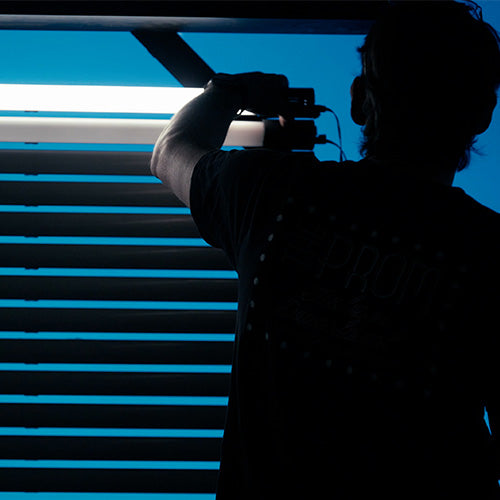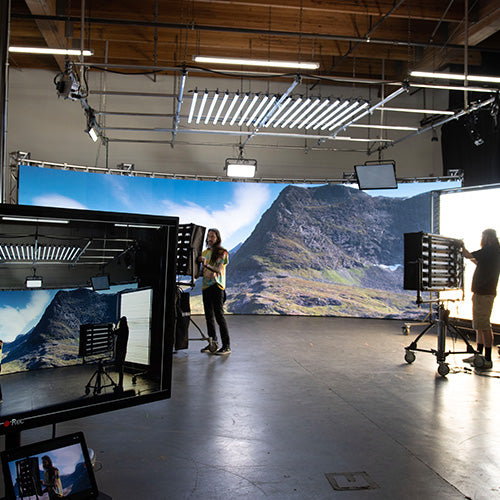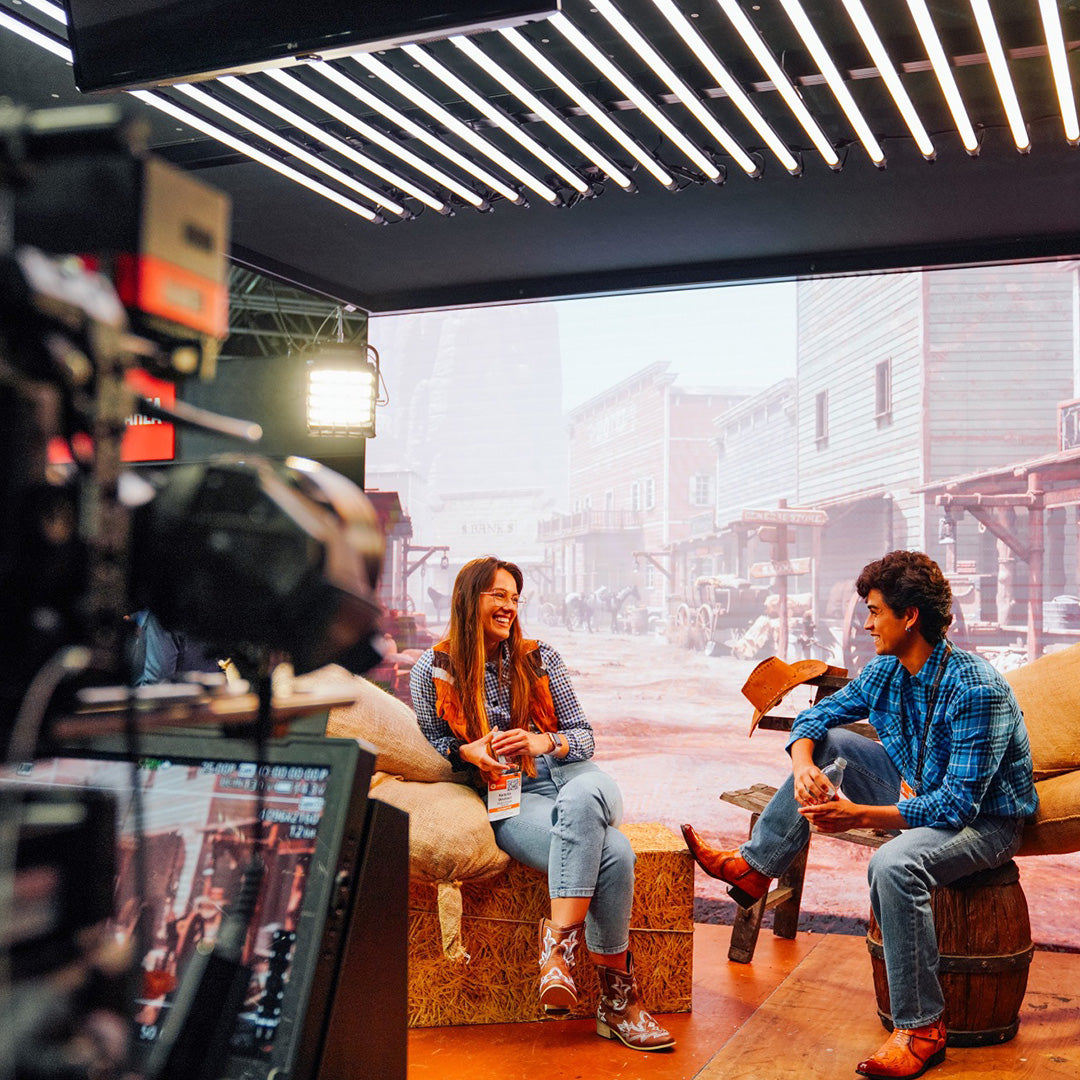WHAT IS IBL & WHY IS IT IMPORTANT
“We are writing stories with light and darkness, motion and colors. It is a language with its own vocabulary and unlimited possibilities for expressing our inner thoughts and feelings.”
- Vittorio Storaro
The first time a Director of Photography asked a grip to stick a cookie in front of an arc some long forgotten day of production during the silent movie era, our journey toward Image-based Lighting (IBL) inadvertently began.
For a hundred years we have been tinkering, innovating, experimenting and expanding our tools and techniques in our desire to create naturalistic and realistic lighting in the service of storytelling.
From waving branches in front of lights, shadow playing with gloved hands, riding the dials on squeezers like would be DJs, we have tried to convince light to do our bidding in order to enhance a mood or scene.
That was then.
Advanced Lighting
With the convergence of today’s raw computing power, advanced techniques in video gaming, and the advent of highly pixelated programmable color correct LED fixtures, such as the Rainbow 2 and Double Rainbow, a new era in motion picture lighting is upon us, and it's here to stay.
IBL is a rendering technique where a real world representation of the lighting environment is captured and placed onto a sphere for reference. Light sources and all their interactions with the environment are captured in accurate detail, providing an environment where realistic lighting, with all its subtle nuances, is achieved.

What’s the take-away? Lighting with moving pictures.
The Gag has Grown up

The fire gag, the TV gag, the poor man’s process car. Each of these lighting effects have been done time and time again. But now, when utilizing Image-based Lighting and the Rainbow 2 and Double Rainbow to affect it, a whole new level of realism can be brought to light.
The Rainbow series has:
- The most pixelated lights of their type
- Protocols specifically designed to accept data from media servers used IBL
- Versatility in rigging and data
- The ability to easily scale up or down to the size you may need
Whether you want a huge array of 8’ linear LEDs to simulate the sky, or a slim multi-pixeled 2’ eye light, all the lights in the Rainbow Series accept IBL data seamlessly.
And with one of the most advanced color engines in the market, the Rainbow 2 and Double Rainbow will ensure you have the best light output possible, making actors look good and you look better.
IBL and Virtual Production
Virtual Production is a rapidly growing field, and the Rainbow 2 and Double Rainbow are shining stars in this new world.
In Virtual Production, the captured assets are projected onto a Volume Wall, essentially a bank of monitors that replace green screens and provide an actual environment for real-time image capture. The wall is synchronized with the camera's movement and the assets fed into it, as seen famously in the hit show, "The Mandalorian” and now, just about everywhere. This is the way.
But what about the lighting?
While Volume Walls have the potential to not only project the environment but also the lighting itself, the results have been less than ideal. Volume Walls typically use only RGB diodes, which work well for capturing still images but fall short when used to light actors. The limited, spikey spectrum of RGB diodes does not accurately render skin tones, fabrics, or colors, resulting in a less than satisfactory result.
In order to achieve the best results in Virtual Production, it is crucial to consider the lighting and choose a lighting solution that provides a more natural, realistic rendering of the scene.

So what to do when we have an indispensable tool, such as a Volume Wall? We do what we have always done.
We tinker, innovate, experiment and expand. The result: A hybrid style of lighting.






